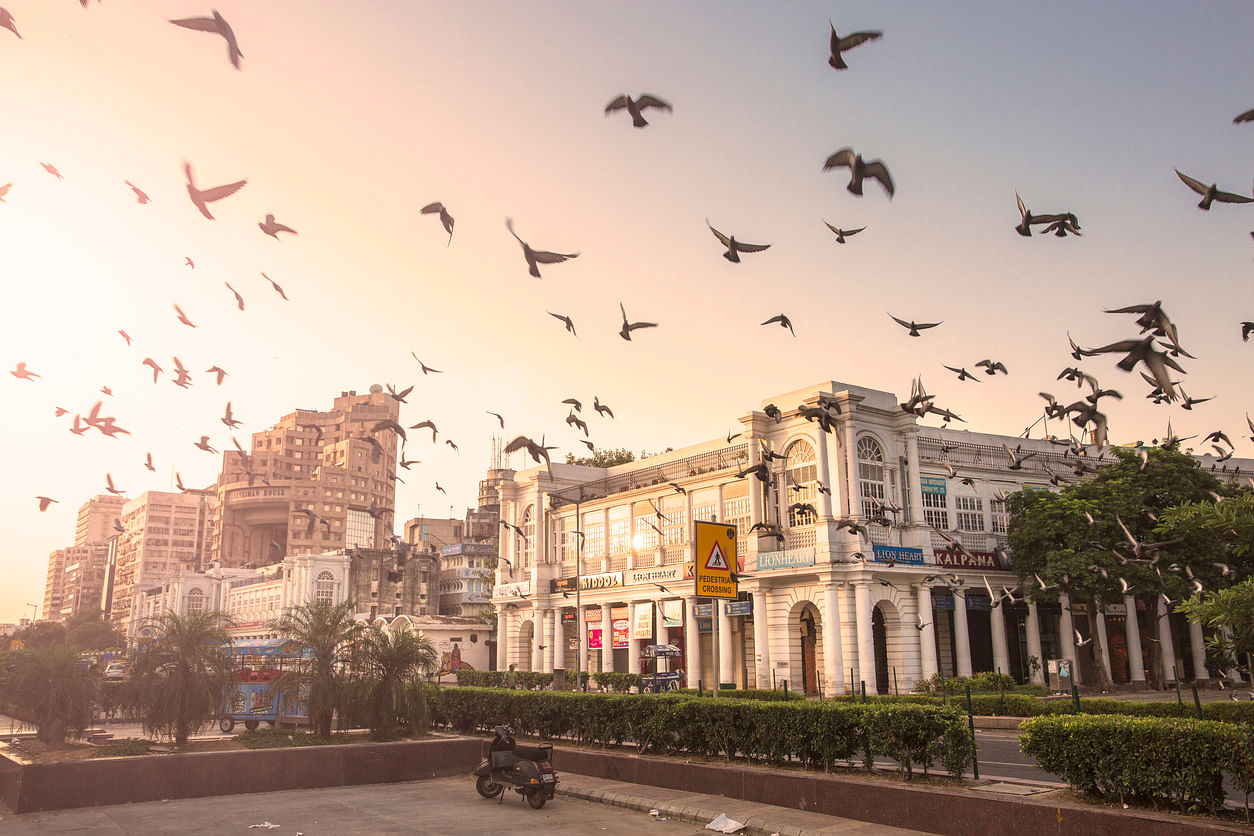The novel coronavirus has affected life in ways we cannot as yet fully understand. The pandemic’s rapid acceleration caused governments to halt most individual, social, economic and industrial activity, allowing, as an unintended effect, animals and nature to, as many believe, ‘heal’. Birds and frogs could be heard, instead of the din of traffic. Mammals were found exploring distant neighbourhoods with no fear of being chased away or being run over by a car. Numerous images and videos were enthusiastically shared on social media and news channels. It is nice to see them as a collective beacon of hope, not just for the animals, but for the moral fabric of our society.
However, beneath this celebration of mother nature rebounding is a growing suspicion of the untamed animals living around us, in our cities. Ever since the unverified news of bats being the primary origin of Covid-19, several opinions on what must be done to protect people from these ‘carriers of killer viruses’ have emerged. While some folk are concerned, given the connection between such viruses and the flying mammals, others suspect far more sinister motives, and an “it’s either us or them” logic of survival.
While it is most likely that the Coronavirus is zoonotic (of natural animal origin), our understanding of how critical the human-animal connection is for our larger well-being is low.
Them
Every city in the world is home to urban wildlife, much of which we don’t really notice. Birds, mammals, reptiles, amphibians, and insects, which by definition cannot be domesticated, but live and thrive on their own in the various urban spaces cities offer -- parks, trees, odd spaces in buildings, drains, lakes and fringe forests. These species have adapted to concrete, steel and glass, and to the various activities typical of human habitation. And yes, while they include the black kite, the sunbird, the squirrel and the rat snake, they also include several species of bat.
Most of us city folk, even those with an intellect of note and a green heart, do not consider this a symbiotic relationship -- after all, what does a venomous cobra, noisy parakeet or aggressive monkey really do for us?
We built our towns on untamed land, invading and almost always destroying the habitats of other species. But they find ways of growing their stock, ultimately changing the circumstances of their survival to suit the conditions we provide.
Us
During the lockdown, in Bengaluru, there was a dramatic increase in cases of cruelty against animals. This went beyond the period when dogs and cats were abandoned for being possible carriers of the deadly virus. People called helplines frantically, urging municipal authorities to cut down trees in their neighbourhood so that the bats would disappear. Some even demanded fumigation -- pumping noxious fumes into the air to drive away, maim or kill anything that moved. The very air that they and their children breathed.
Curiously, amongst these callers were self-proclaimed animal lovers, simply because they kept and fed dogs or cats. If anything, this tells us about the total lack of understanding of the value of urban wildlife.
In the last, revealing sequence of Contagion, the acclaimed movie on a pandemic, we are shown a pig consuming a bat dropping. The pig then finds its way into the kitchen of a five-star hotel, and the killer virus is unleashed. While this instance is fictitious, it is wholly plausible. Animals can harbour contagious diseases, just as your spouse or best buddy can. Studies show that viruses potentially jump hosts when the animal is stressed, handled, or consumed as food. This is as true of any animal as it is of a cold-stricken 10-year-old boy who sneezes into his sister’s face. The more we destroy their habitats, harm them, or try to keep them as pets, the higher the chances of a disease crossing over. Wild animals are meant to be just that -- wild, going about their lives with no human interference.
Of course, the question remains: Why do we need them in our cities? And why bats?
If you happen to live around some of the big parks and lakes in Bengaluru, you’ll probably see a cloud of flying fox bats in the sky at dusk, all heading back home. Along with other species, urban bats are responsible for a good percentage of the natural greenery in our city. They pollinate trees, transport seeds, add important nutrients to our soil, and contribute to a bigger picture that we seldom notice -- including our water security, air quality and local weather. This is largely true of all the bird and mammal species that gain nutrition from flowers, fruits and various parts of shrubs and trees.
There’s more. Urban wildlife is the invisible hygiene and pest-controller of most cities like Bengaluru. Rats, the real bad guys of epidemics, are prey for predatory birds and snakes. A barn owl’s yearly dinner count is 300 rats. Cobra venom neutralises infectious viruses in the rats they consume. Crows, kites and other scavengers help with our garbage problem, cleaning up rotting food and meat around our street bins. Animals also play an important part in the year-round sustenance of our lakes, which are key to the wellbeing of the city.
Control of green cover, disease and garbage. These are just some of what urban wildlife does for us, with immense skill and focus. Best of all, they don’t charge for the service!
The rules of conservation that work in the wilderness are completely upturned in the urban landscape. While there’s much to be learned, here’s what we citizens can do: Let these wild animals be. Protect their habitats. Get our local governments to include them in plans. Truth is, a healthy, balanced urban wildlife population makes a city healthier for us all. And isn’t that what we need now?
(The writer is Trustee, PfA Wildlife Rescue & Conservation Centre)
